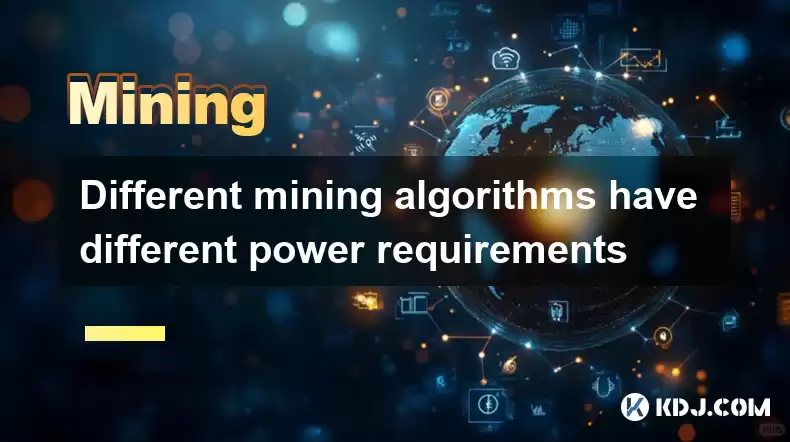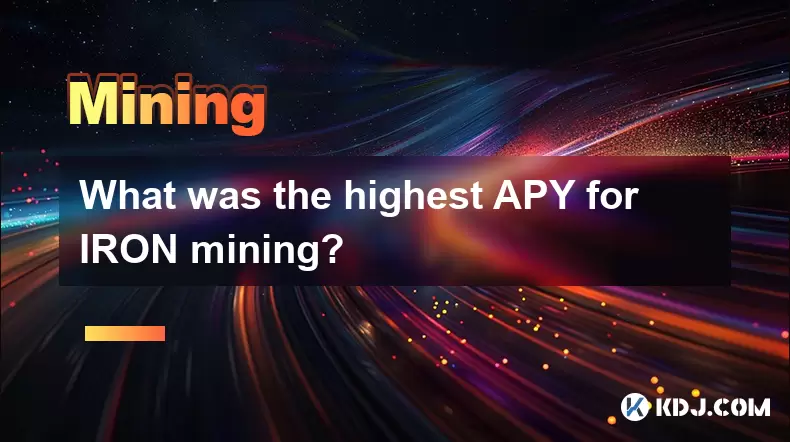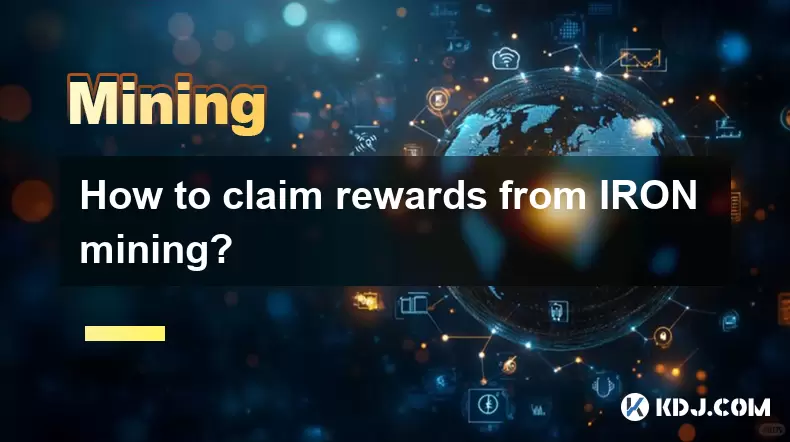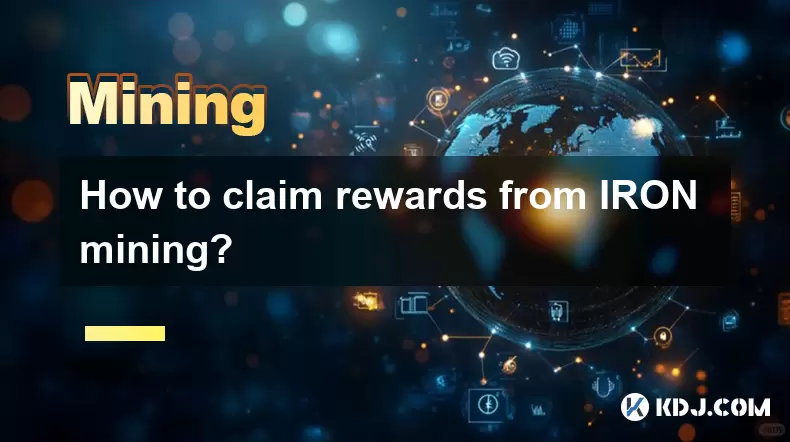-
 Bitcoin
Bitcoin $115000
0.12% -
 Ethereum
Ethereum $3701
4.50% -
 XRP
XRP $3.081
2.99% -
 Tether USDt
Tether USDt $0.0000
-0.01% -
 BNB
BNB $767.9
1.45% -
 Solana
Solana $169.5
3.13% -
 USDC
USDC $0.9999
0.01% -
 Dogecoin
Dogecoin $0.2106
4.30% -
 TRON
TRON $0.3334
1.62% -
 Cardano
Cardano $0.7564
2.54% -
 Stellar
Stellar $0.4165
0.76% -
 Hyperliquid
Hyperliquid $38.75
0.25% -
 Sui
Sui $3.593
3.00% -
 Chainlink
Chainlink $17.08
3.59% -
 Bitcoin Cash
Bitcoin Cash $573.6
4.35% -
 Hedera
Hedera $0.2508
-0.84% -
 Avalanche
Avalanche $23.07
6.46% -
 Ethena USDe
Ethena USDe $1.001
-0.02% -
 Litecoin
Litecoin $120.8
8.17% -
 UNUS SED LEO
UNUS SED LEO $8.943
-0.32% -
 Toncoin
Toncoin $3.400
-5.60% -
 Shiba Inu
Shiba Inu $0.00001255
1.54% -
 Uniswap
Uniswap $9.908
6.32% -
 Polkadot
Polkadot $3.718
2.10% -
 Monero
Monero $303.0
-0.74% -
 Dai
Dai $0.9999
-0.02% -
 Bitget Token
Bitget Token $4.392
0.91% -
 Cronos
Cronos $0.1403
6.31% -
 Pepe
Pepe $0.00001076
1.13% -
 Aave
Aave $267.2
1.80%
Different mining algorithms have different power requirements
Different mining algorithms in cryptocurrencies require varying computational power, impacting energy use and environmental footprint, crucial for miners and investors to consider.
Mar 31, 2025 at 09:49 pm

Different cryptocurrencies utilize various mining algorithms, each demanding a unique level of computational power. This variance stems from the inherent design of the algorithm itself and its susceptibility to different types of hardware. Understanding these differences is crucial for miners choosing which cryptocurrency to mine and for investors assessing the environmental impact of a particular coin.
Understanding Mining Algorithms and Power Consumption
A cryptocurrency's mining algorithm dictates the computational process needed to validate transactions and add new blocks to the blockchain. Different algorithms are designed to be more resistant to specific types of attacks, leading to variations in their computational intensity. This intensity directly translates to the amount of energy required for mining.
Proof-of-Work (PoW) algorithms, like those used by Bitcoin and Ethereum (before the Merge), are computationally intensive and require significant energy consumption. They rely on miners competing to solve complex mathematical problems, with the first to solve the problem adding the next block to the chain and receiving a reward. The complexity of these problems is adjusted to maintain a consistent block generation time, influencing power requirements.
In contrast, Proof-of-Stake (PoS) algorithms, utilized by cryptocurrencies like Cardano and Solana, generally require significantly less energy. Instead of competing to solve complex problems, validators are chosen based on the amount of cryptocurrency they stake. The selected validator then proposes and validates the next block. This process consumes far less energy than PoW.
Algorithms like Scrypt, used by Litecoin, present a different computational challenge compared to SHA-256 (Bitcoin). Scrypt is designed to be more resistant to specialized hardware, like ASICs (Application-Specific Integrated Circuits), making it more accessible to miners using CPUs and GPUs. However, this doesn't necessarily mean it's less energy-intensive; the specific hardware used will still determine the power draw.
Equihash, employed by Zcash, is another example. It's designed to be ASIC-resistant, favoring GPUs and potentially even CPUs. The algorithm's complexity and the hardware used will impact its power consumption. It's important to note that even ASIC-resistant algorithms can see the development of specialized hardware over time, potentially increasing power needs.
The power consumption of a specific mining operation also depends on factors beyond the algorithm itself. The efficiency of the mining hardware, cooling systems, and electricity costs all play a significant role. A more efficient mining rig will consume less energy for the same hashing power, while cheaper electricity significantly reduces operational costs.
Choosing the right algorithm for mining depends on various factors. Miners often consider the profitability of mining a particular cryptocurrency, taking into account the difficulty of the algorithm, the block reward, and the price of the cryptocurrency. The power consumption is a critical factor in profitability calculations, as higher energy costs directly impact the net profit.
Furthermore, the environmental impact of cryptocurrency mining is a growing concern. The high energy consumption of PoW algorithms has led to criticism regarding their carbon footprint. The shift towards PoS algorithms represents a significant effort to reduce this environmental impact.
Mining different cryptocurrencies using different algorithms involves a complex interplay of factors. The algorithm's inherent complexity, the choice of mining hardware, its efficiency, and electricity costs all contribute to the overall power consumption. Miners need to carefully weigh these factors to maximize profitability while minimizing environmental impact.
Factors Affecting Power Consumption Beyond the Algorithm
Several factors beyond the chosen mining algorithm influence the total power consumption:
- Hardware Efficiency: Modern, purpose-built ASICs are significantly more energy-efficient than older models or general-purpose hardware like GPUs or CPUs for algorithms they are designed for.
- Cooling Solutions: Effective cooling systems are crucial. Overheating leads to reduced efficiency and increased power consumption. Proper ventilation and cooling solutions are essential for optimal performance.
- Electricity Costs: The price of electricity varies significantly across regions. Mining in areas with low electricity costs is more economically viable.
- Overclocking: Pushing hardware beyond its recommended specifications can increase its hashing power, but it also dramatically increases power consumption and potentially reduces the lifespan of the equipment.
- Software Optimization: Efficient mining software can optimize the use of hardware resources, reducing unnecessary power consumption.
Algorithm-Specific Power Consumption Considerations
Each algorithm presents unique challenges and opportunities regarding power consumption:
- SHA-256 (Bitcoin): Highly energy-intensive due to its reliance on ASICs. The sheer scale of the Bitcoin network contributes to its substantial overall power consumption.
- Scrypt (Litecoin): Less susceptible to ASIC dominance, allowing for GPU mining, which generally consumes less power than ASICs per unit of hashing power.
- Ethash (Ethereum - pre-Merge): Designed to be ASIC-resistant, relying heavily on GPUs, making it relatively less energy-intensive compared to SHA-256 but still considerable.
- Equihash (Zcash): Also ASIC-resistant, favoring GPUs, offering a balance between security and energy consumption.
- Proof-of-Stake (Various): Significantly lower energy consumption than PoW algorithms as it doesn't require solving complex computational problems.
Frequently Asked Questions
Q: What is the most energy-efficient mining algorithm?
A: Proof-of-Stake (PoS) algorithms are generally the most energy-efficient, requiring significantly less energy than Proof-of-Work (PoW) algorithms.
Q: Can I mine cryptocurrency without using a lot of power?
A: Mining cryptocurrencies using PoS algorithms requires less power. You can also participate in mining pools, which distribute the workload and power consumption across multiple participants.
Q: How does the choice of hardware affect power consumption in cryptocurrency mining?
A: The efficiency of your mining hardware (ASICs, GPUs, CPUs) significantly impacts power consumption. More efficient hardware consumes less energy for the same hashing power. Cooling solutions also play a vital role.
Q: What is the environmental impact of different mining algorithms?
A: PoW algorithms have a much larger environmental impact due to their high energy consumption. PoS algorithms are considerably more environmentally friendly. The overall impact also depends on the source of the electricity used.
Q: Are there any alternative consensus mechanisms besides PoW and PoS?
A: Yes, several alternative consensus mechanisms exist, such as Proof-of-Authority (PoA), Proof-of-History (PoH), and Delegated Proof-of-Stake (DPoS), each with varying levels of energy efficiency. These are less common than PoW and PoS.
Disclaimer:info@kdj.com
The information provided is not trading advice. kdj.com does not assume any responsibility for any investments made based on the information provided in this article. Cryptocurrencies are highly volatile and it is highly recommended that you invest with caution after thorough research!
If you believe that the content used on this website infringes your copyright, please contact us immediately (info@kdj.com) and we will delete it promptly.
- Bitcoin, Fed Rate Cut, and Crypto Stocks: A New Yorker's Take
- 2025-08-05 14:50:12
- Police, Cryptocurrency, Bitcoin Windfall: Unexpected Gains and Cautionary Tales
- 2025-08-05 15:30:12
- MAGACOIN: The Next Shiba Inu ROI? A Crypto Presale Deep Dive
- 2025-08-05 15:30:12
- Bitcoin, Kiyosaki, and the August Curse: Will History Repeat?
- 2025-08-05 14:50:12
- Crypto Airdrops: Your August 2025 Guide to Free Tokens & Opportunities
- 2025-08-05 13:45:13
- Luxury Dining Reimagined: St. Regis Singapore & Marriott's Culinary Celebration
- 2025-08-05 13:45:13
Related knowledge

What was the highest APY for IRON mining?
Jul 23,2025 at 05:14am
Understanding IRON Token and Its Mining MechanismThe IRON token is a stablecoin that operates within the Iron Finance ecosystem, primarily on blockcha...

What is impermanent loss in IRON pools?
Jul 23,2025 at 09:00am
Understanding Impermanent Loss in the Context of IRON PoolsImpermanent loss is a phenomenon that affects liquidity providers in decentralized finance ...

How to claim rewards from IRON mining?
Jul 23,2025 at 02:21pm
Understanding IRON Mining and Reward MechanismsIRON Finance operated as a decentralized finance (DeFi) protocol on the Polygon and Binance Smart Chain...

How to claim rewards from IRON mining?
Jul 29,2025 at 05:07am
Understanding IRON Mining and Reward MechanismIRON is a dual-token system designed to stabilize the value of a synthetic asset through a combination o...

IRON mining tutorial for beginners
Jul 27,2025 at 12:01am
What Is IRON and How Does It Work in the Cryptocurrency Ecosystem?IRON is a cryptocurrency token that operates on the Binance Smart Chain (BSC) and is...

How to calculate APY for IRON mining?
Jul 28,2025 at 09:49am
Understanding APY in the Context of IRON Token MiningWhen engaging in IRON token mining within decentralized finance (DeFi) platforms, Annual Percenta...

What was the highest APY for IRON mining?
Jul 23,2025 at 05:14am
Understanding IRON Token and Its Mining MechanismThe IRON token is a stablecoin that operates within the Iron Finance ecosystem, primarily on blockcha...

What is impermanent loss in IRON pools?
Jul 23,2025 at 09:00am
Understanding Impermanent Loss in the Context of IRON PoolsImpermanent loss is a phenomenon that affects liquidity providers in decentralized finance ...

How to claim rewards from IRON mining?
Jul 23,2025 at 02:21pm
Understanding IRON Mining and Reward MechanismsIRON Finance operated as a decentralized finance (DeFi) protocol on the Polygon and Binance Smart Chain...

How to claim rewards from IRON mining?
Jul 29,2025 at 05:07am
Understanding IRON Mining and Reward MechanismIRON is a dual-token system designed to stabilize the value of a synthetic asset through a combination o...

IRON mining tutorial for beginners
Jul 27,2025 at 12:01am
What Is IRON and How Does It Work in the Cryptocurrency Ecosystem?IRON is a cryptocurrency token that operates on the Binance Smart Chain (BSC) and is...

How to calculate APY for IRON mining?
Jul 28,2025 at 09:49am
Understanding APY in the Context of IRON Token MiningWhen engaging in IRON token mining within decentralized finance (DeFi) platforms, Annual Percenta...
See all articles

























































































